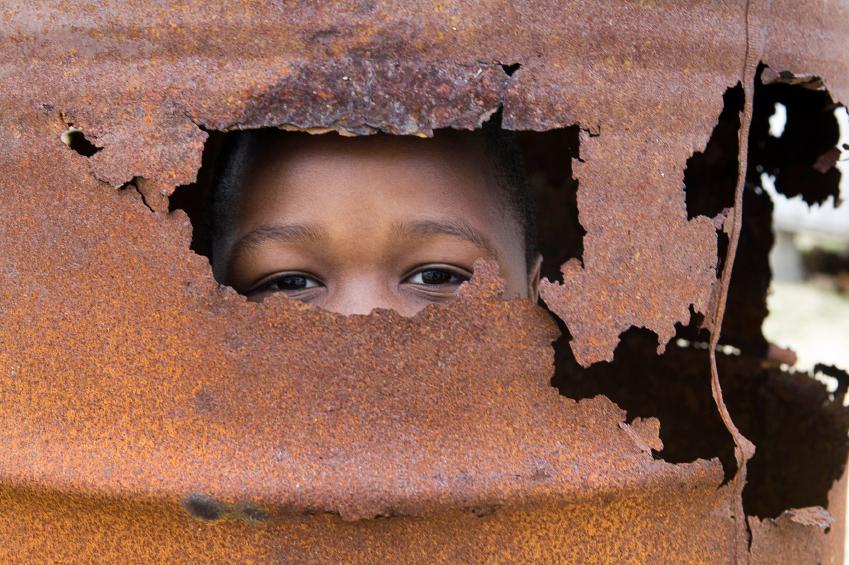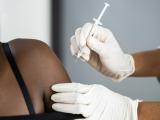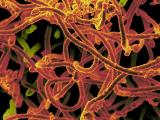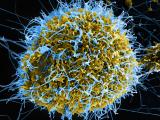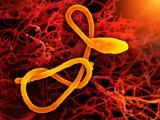A complex set of factors is fueling West Africa's Ebola outbreak, including cultural practices, misconceptions about control efforts, and porous borders, and new cases in three countries have pushed the outbreak total to 759 infections with 467 deaths, according to the latest updates from the World Health Organization (WHO).
The WHO statement on the challenges in the battle against Ebola virus disease (EVD) and on new reports of illnesses in Guinea, Sierra Leone, and Liberia come on the eve of an urgent 2-day high-level meeting of African health ministers and other stakeholders aimed at devising a new response plan.
Health ministries and their global partners have been battling the outbreak since March, and the groups appeared to have brought it under control in the middle of May. However, case numbers spiked again in late May, and the disease has gained footholds in Sierra Leone and Liberia and has spread to new areas, both rural and urban.
Beliefs, widespread cases pose challenges
In its statement today, the WHO said its epidemiologic analysis has pinpointed three main venues where ongoing transmission is focused. They include rural communities, where strong cultural practices and traditional beliefs come into play; densely populated capital cities in Guinea and Liberia; and border areas of the three countries where commercial and social activities continue.
In a separate statement yesterday, the WHO said the first occurrence of EVD in Sierra Leone has led to denial and panic and has triggered myths and misconceptions surrounding treatment and control efforts in Kailahun and nearby districts that border Liberia and Guinea.
Media reports about some of the public perceptions of the disease as well as suspicions about the care patients are receiving in treatment centers bolster the WHO's assessment. In some instances, members of the public have stoned medical staff working the treatment centers. Some patients have left treatment facilities against medical advice and are being harbored in private homes, amplifying the infection risk and making it nearly impossible for outbreak responders to trace contacts.
Sierra Leone health officials estimate that at least 57 confirmed or suspected Ebola patients have fled or gone into hiding, Reuters reported yesterday.
In response, Sierra Leone's government has warned that people who harbor Ebola patients will face prosecution, according to a Jun 28 report from the Daily Nation, a newspaper based in Kenya. It said people were leaving treatment centers because of widespread rumors that the medications health officials were administering were causing the deadly infections.
Confronting fear, misperceptions
To dispel misconceptions about Ebola treatment, the WHO highlighted four patients who were discharged from treatment centers yesterday, including a 19-year-old woman who is now living with her husband and mother-in-law in Kenema district. The WHO said two of the other patients who are now recovering at home are a village chief and his wife from one of the worst-affected areas.
Patients who are discharged from the treatment centers are given clothing, food, and money to travel back to their communities, the WHO said.
Misconceptions about the disease need to be corrected and people from the affected communities need to accept that Ebola is the cause of the unusual illnesses and deaths, the WHO said, adding that United Nations organizations and global health partners are supporting steps to communicate key messages through radio discussions and dissemination of jingles, posters, and fact sheets.
Traditional leaders and politicians in Sierra Leone's affected areas are being mobilized to help spread the messages, and community health workers are being trained to conduct house-to-house and village-to-village sensitization, the WHO said. It added that a clearer understanding of the disease and involving community members in EVD prevention and control efforts will hopefully improve early case reporting, which would boost the number of people who are discharged from treatment centers.
Ministers meet to plan response steps
Similar efforts are on the agenda for the 2-day high-level meeting that starts tomorrow in Accra, Ghana, to plan the next response steps. The WHO said the gathering will include health ministers and directors of disease prevention and control from 11 African nations plus Ebola survivors, representatives from airlines and mining companies, and donors. Besides identifying gaps and forming response plans, the meeting is designed to boost political commitment and enhance cross-border collaboration on EVD activities among countries in the region.
The WHO said it is supporting the health ministries by deploying experts in a range of specialties, providing field logistics support, and providing personal protective gear.
Latest outbreak totals
In other developments, the WHO said that between Jun 25 and Jun 30, Guinea, Sierra Leone, and Liberia reported a total of 22 new EVD cases, including 14 deaths. Guinea reported 3 cases and 5 deaths, Liberia 8 cases and 7 deaths, and Sierra Leone 11 new infections and 2 deaths.
So far, the total for the three West African countries is 759 illnesses, 467 of them fatal. Guinea has the most cases, 413, which includes 303 deaths. Sierra Leone has 239 cases and 99 deaths, and Liberia has 107 cases and 65 deaths.
The current Ebola outbreak, West Africa's first, has become the biggest and deadliest one since the first illness was detected on the continent in 1976.
See also:
Jul 1 WHO update
Jun 30 WHO statement
Jun 30 Reuters story on missing Ebola patients
Jun 28 Daily Nation story
